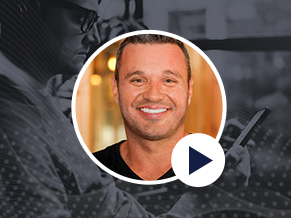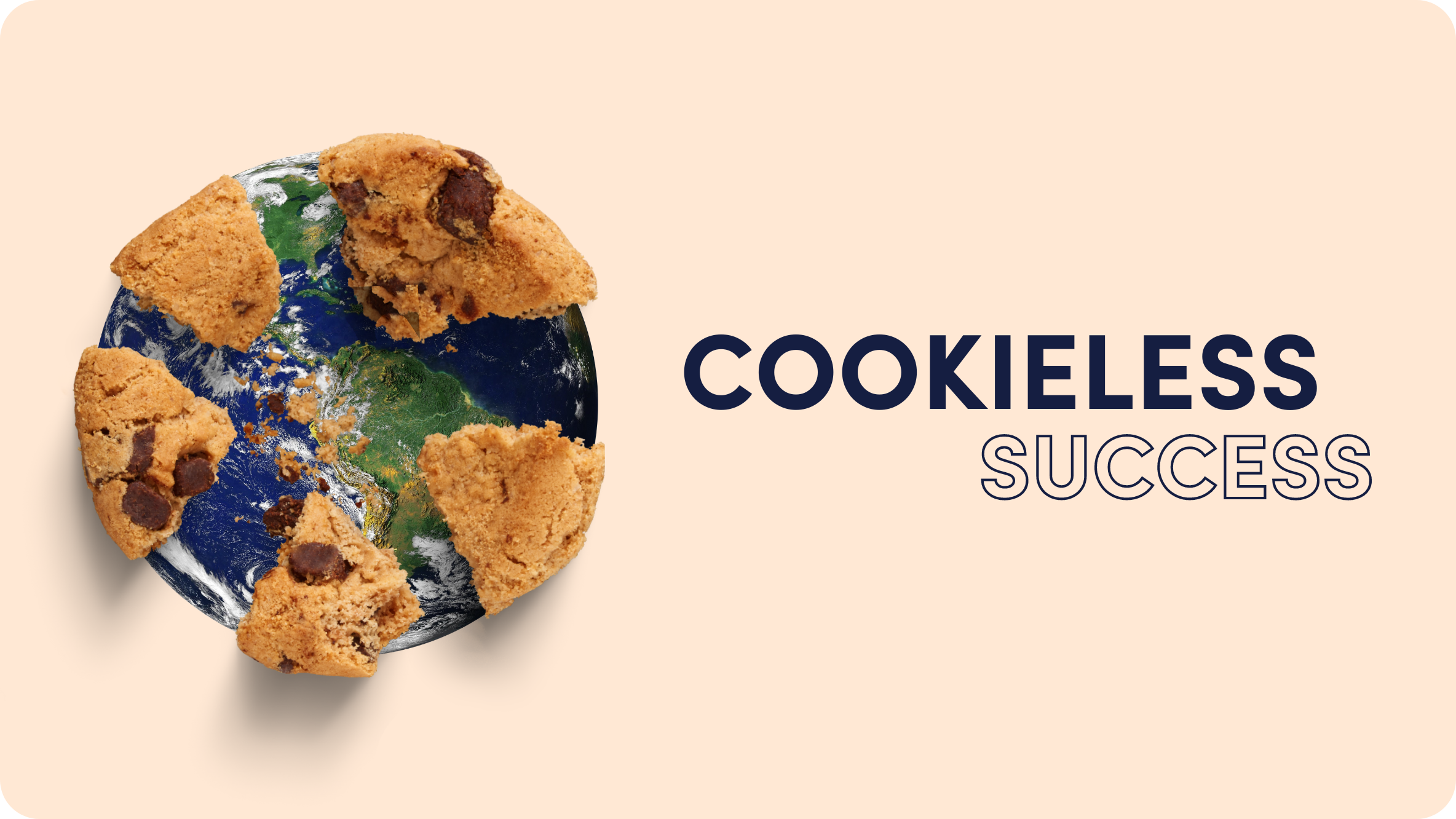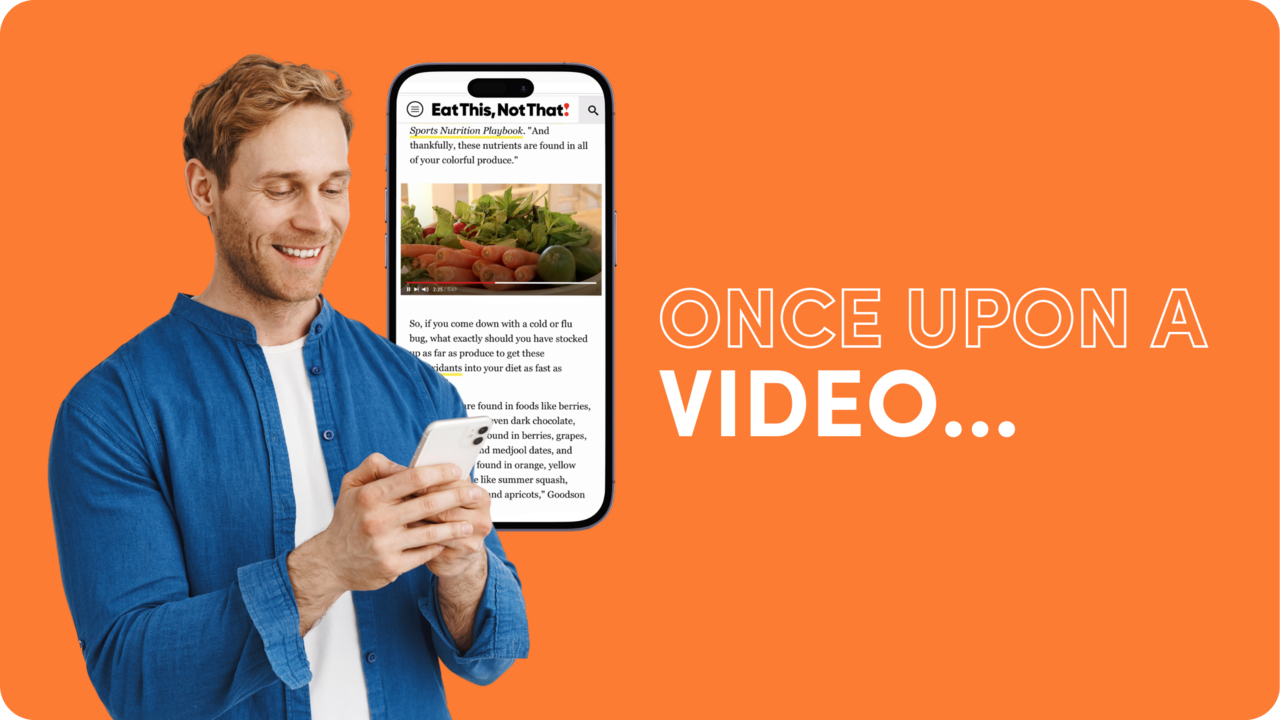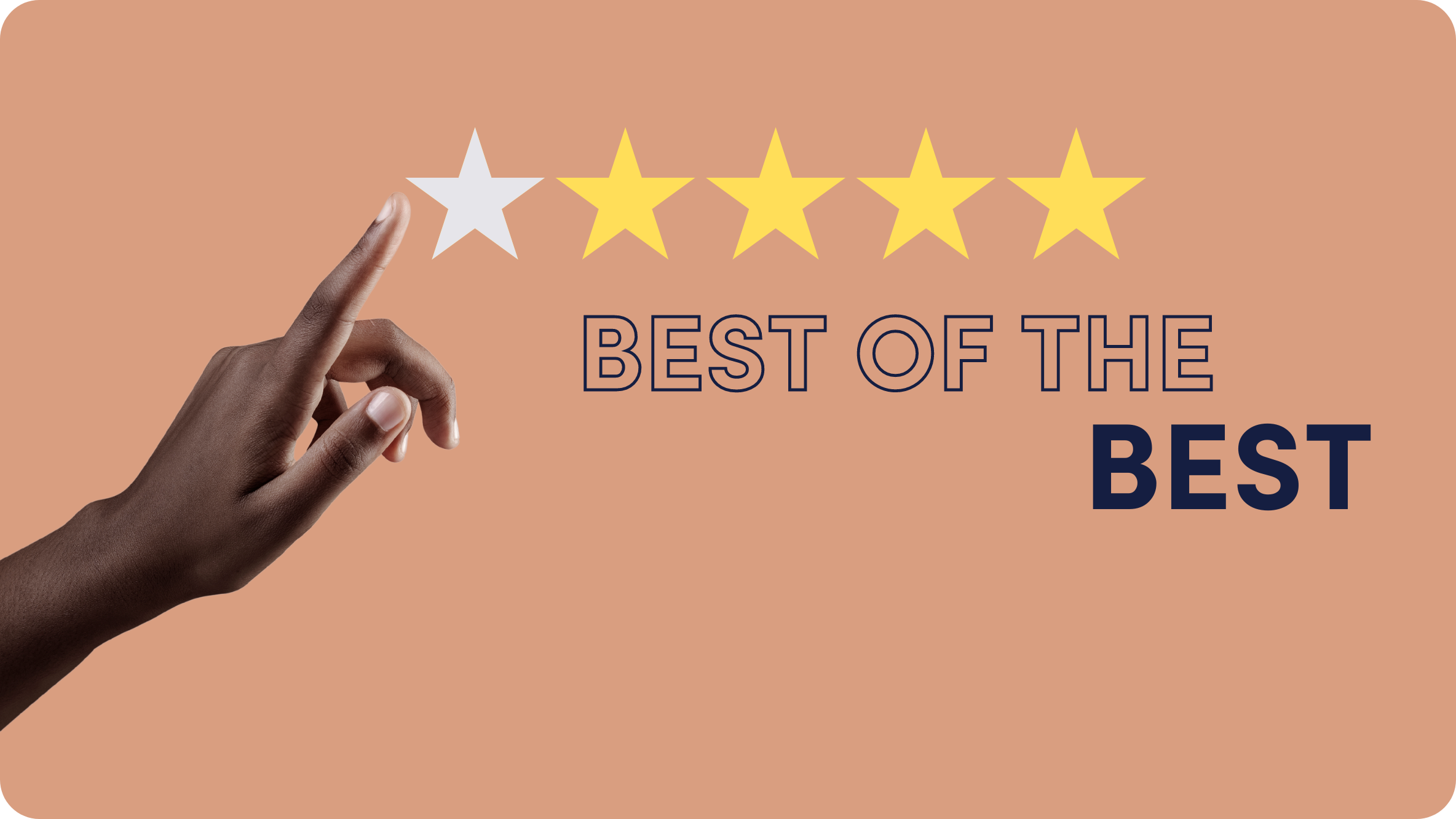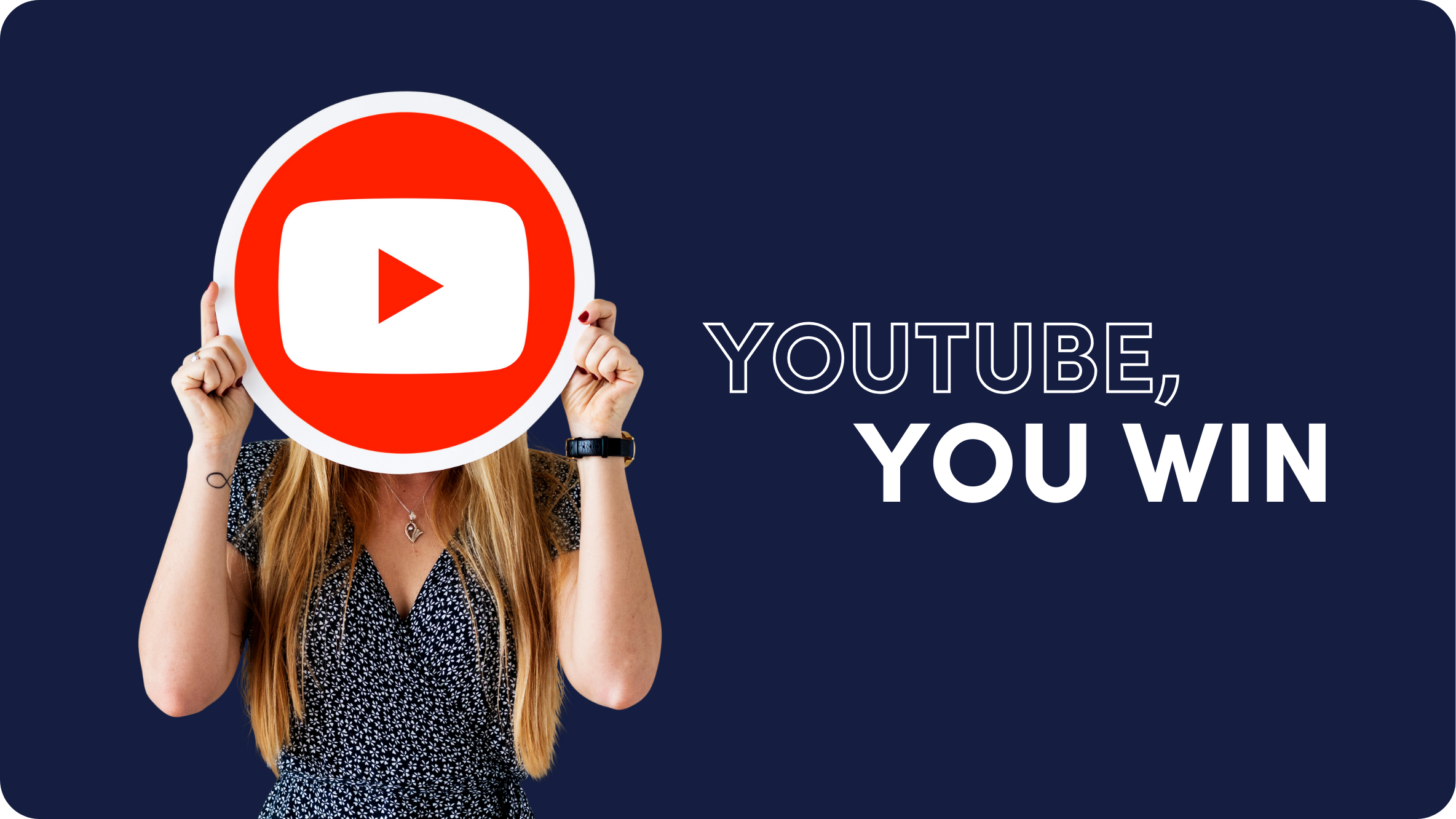[Video] Exclusive Interview With James Van Elswyk, Part 2: Affiliate Marketing Tips For Beginners
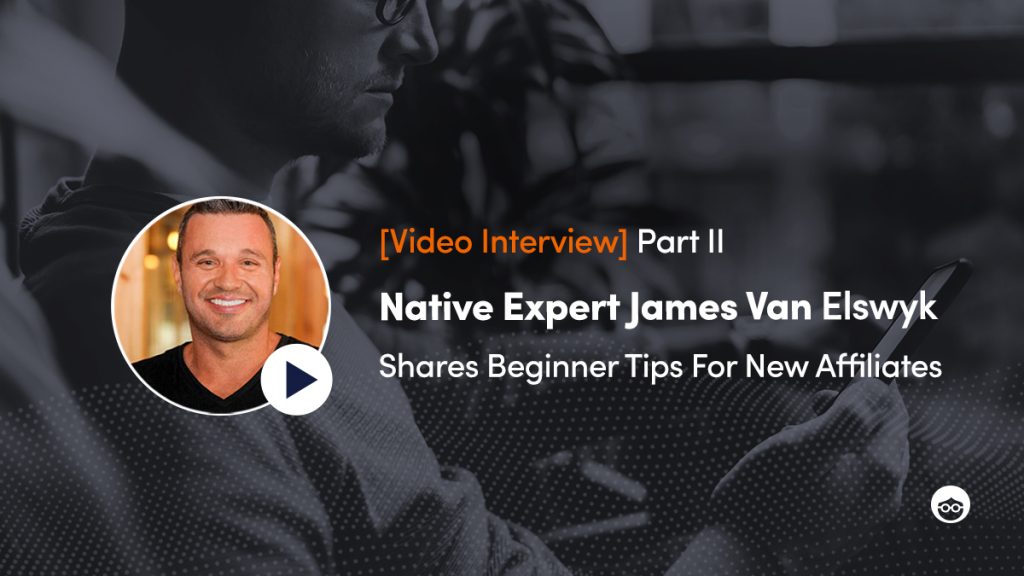
And we’re back — Part II of our no-bs interview series with the Affiliate himself, Mr. James Van Elswyk, is officially in session, folks.
This time, we’re shifting gears from the COVID-19 learnings gained in Part I over to practical Affiliate Marketing advice for beginners — or, as James likes to call them, “Noobs”.
As we’ve learned, James, like all of us, was a Newbie at one point, having turned his one-man Affiliate show into three thriving businesses: Purple Leads, Purple Ad Lab, and Geek Out Education.
So, he knows a thing or two about getting started — even believing that there is legitimately no better time given the opportunity Affiliate Marketing provides during these hectic times of high unemployment rates, and low network competition, as we’ve seen traffic surge and competition decline.
Let’s jump in, shall we?
While the interwebs are flooding with articles, videos, and courses of how-to this and how-to that, James realized that with Affiliate Marketing specifically, no Affiliate will truly see success without some kind of direct mentorship — how all the big Affiliates got their start. And he wastes no time jumping into the tactics, even offering himself up as a go-to resource… but only if you have one thing — find out what that is in the videos below.
Q: Given high unemployment rates due to the effects of COVID-19, we’re seeing professionals turn to Affiliate Marketing. What advice would you give to Affiliates just getting started, especially during a time like this?
TL;DR
Focus on converting with creatives first; then, comes traffic.
TS;WM
“I think that I would say this is the best time ever to start because you have the highest likelihood of success — because your costs are cheaper, right? You know, you have a cost reduction, so the barrier-to-entry financially is, you know, 40% cheaper. And people, I think at this point, are more likely to convert.
What I would say to any real beginner when it comes to being an Affiliate, is to first learn how to convert people using copywriting and emotion and angles, and worry about the technical part second. You know, you don’t need to be very good at the traffic part of media if you know how to convert people with words, or images, or emotions. So, I would say a lot of people get caught up on what’s fun — like looking at data, and adjusting bids, and playing with budgets — like this is fun, but it’s not really the thing that works the best.
What works the best is finding the right image, making the right landing page, finding the right headlines — this is the stuff that has a much higher lever effect. You know, if you take a look at media buying 5 years ago or 6 years ago, when a lot of the platforms were less developed, things that you did in-platform with bids and different types of tactics, they could have a big effect — you could have a 40-50% effect on a CPA. Where if you want something now to have that big of an effect, it has to happen on the creative side — it’s not going to happen on the traffic side.”
Q: There are often two types of Marketers: Creative or Data-Driven. Though Affiliates tend to be both. Do you think one side is better than the other for Affiliate Marketing?
TL;DR
Be as well-rounded as you can be.
TS;WM
“It’s better being well-rounded. I mean, there are a lot of different things that we can use to find edges as Affiliates, right? But I think as time goes on, it’s being a generalist and becoming 80% good at three or four things — is a massive edge — as opposed to just being hyper-specialized in one area, you know, so I think that this is an important aspect.”
Q: As we know, it takes some financial investment to get going. What’s a fair test budget for an Affiliate to learn or start seeing success? And how do you budget your Native Ad campaigns?
TL;DR
$2,000 is the sweet spot — cut twice, measure once.
TS;WM
“All the different parts of the funnel require a different amount of data to test them, right? So, let’s say an image — I may just buy 5,000 impressions to see the CTR — where the offer page, I might want to send about 30 clicks (I’m just pulling numbers here) — or a landing page, I want to send a 1,000 clicks.
I think the important thing is to sit down before you launch a campaign, and it’s like a measure twice-cut once situation. You need to sit down and analyze what is the amount of data that I need to make these decisions; what is the cost of this data; and at what point do I pull the plug? Because if you have an emotional attachment to an offer, you’ll just waste money unnecessarily. And I tell people all the time, being a great media buyer is not necessarily always making the most — it’s losing the least in the beginning. You know, any money that doesn’t need to be spent puts you deeper in the hole that you need to earn back with your profitability. So, if I’m spending an extra $10 a decision, well, that’s just wasted money — I don’t need to. So, I think the key thing is to sit down and set rules for yourself, and say okay.
One of the nice things about being an Affiliate, and one of the nice things about running on Native networks, is the ability to rotate the offer. So, I recommend to everybody when they start testing, you know — use three landing pages, use three offer pages, minimum, while you’re testing your other assets so that you’re able to test multiple things at one time to get the best bang for your buck.
If you’re running three offers and none of them are working, you probably want to pull the plug, you know — there has to be a little bit of redundancy there that if your other metrics are lining up and you gave three opportunities for one of the decision points, it’s probably not going to work.
So, look, rule of thumb: I’m usually willing to spend two thousand bucks to test an offer, barring it’s a super high payout offer, right? So, if the payout is 200 bucks, you know, I can’t figure much out for two grand. If something’s like a $40 payout, and I spend the equivalent of 50 conversions, I gave it a pretty good shot — I should start to see really more stuff happening. And I would also say if something is just going horrible, just cut the plug early, you know what I mean? If you spent half of what you decided for the test and you have one conversion, just don’t waste any more time, you know?”
Q: Affiliates have their own lingo. Though there are two terms for beginners to be conscious of: Whitehat (in the clear!) and Blackhat (deceptive!) content. What should new Affiliates focus on to ensure they choose safe, whitehat offers?
TL;DR
eCommerce and Lead Generation? Safe.
TS;WM
“At the end of the day, if people run e-Commerce, 90% they are going to be straight. If people run lead generation — like US lead generation where the leads go to call centers — they are going to be straight.
Where things get shady is when there’s this “other” stuff — adult dating, crypto, and other areas that are basically never straight.”
Q: What’s your best Affiliate Marketing tip for Native Newbies? Is there any offer type or vertical that is the best to get your feet wet as a new Affiliate?
TL;DR
Don’t start too big for your bridges — consider payouts in the $20-40 range to get started.
TS;WM
“To get good at anything, you need to practice — it’s something that you literally need to practice. And in order to practice, you need to spend money.
So, I think that getting the opportunity to practice on lower-payout offers is a better idea.
I think that everybody takes a look at this offer — ‘Well, look I get paid $100 every time someone makes a sale’ as opposed to ‘I get paid $10 every time someone makes a sale’ — which makes sense, but we always need to take a look at what is the conversion rate of that offer, right? If someone only converts one out of you know a thousand times, who cares if you get paid a hundred bucks?
And, when it comes to media buying, when it comes to optimization — it requires buying data to make decisions. So, I want to test the headline, and let’s say I want to see three conversions before I make a decision if it’s good or bad. If you choose something that’s a hundred dollars a conversion, you have to spend three hundred bucks to get an answer. So, I think that finding offers — especially on Native — that have payouts in the $20 to $40 range is kind of like a sweet spot, especially when you’re learning. So, it’s a balance of budget, but also, that there’s still some meat on the bone for profitability.”
Q: Performance Marketers like quick-win results, though Native can sometimes be a longer play — takes a little time to get the ball rolling, but greater LTV in the long run. Any expectations you’d like to set for beginners when it comes to Native Ads?
TL;DR
Be patient with the start of your creatives before shutting down.
TS;WM
“100%, things don’t start working as fast — although, I recently have an offer that started working on the second day, right? Just works — offer just works.
I think that people need to understand with Native Advertising that yes, first off, once you crack it, it will be way more stable and you can make much more of an established margin. So, I think over long-term, I personally think that, from a strictly financial point of view, I do think that Native Advertising on a good traffic platform offers increase profitability, but definitely more stable profitability.
At the same time, what people need to understand with Native Advertising is the process of optimization is more like an exclusionary method, especially now with the way it is to blacklist things. So, I might turn on a campaign on Facebook and spend $100, and it doesn’t work, and I go, ‘Okay it doesn’t work.’ And it’s just not like that in Native Advertising.
Because you’re advertising on so many different publishers for that same $100, I might only spend $1 per publisher. Well, I can’t just make a decision and say, ‘it just doesn’t work’. It’s not that it doesn’t work — it’s that there hasn’t been enough money given to certain publishers to see if it’s going to work. So, I think there needs to be an understanding of the way that the platform works and understand yeah, you need to put in a little bit more money… I don’t even think really it’s that you’re putting in that much more money, you’re just putting it in at a different pace. Yeah, I mean, it’s just you have to understand the methodology is different, and understand the way that money needs to get spent for the long-term.
You know, I had a campaign that yesterday started the day out super, super negative compared to the day before, but then when I looked, I had like five hundred different publishers that hadn’t even spent 50 bucks, and I just had to wait it out, trust the data, trust my decisions, which goes back to the research. Once I know what I’m supposed to do, I just execute on those decisions, I blacklist ruthlessly, and just stick by my analysis.
It’s not good as a Media Buyer — even on Facebook — just to just throw something up there and hope for the best as opposed to making calculated decisions. Because from a psychological point of view, if you know that you made the right decision, it’s a lot easier to weather the storm, then if you just threw something up, and now you’re lost. You’re down money, but you don’t know if you really made the right decisions, so it’s better to take the time.”
Q: How can new Affiliates tap into Media Buying mentors like you for advice?
TL;DR
James is here to help, if you’re sincere in your request, that is.
TS;WM
“And if you’re just getting started, I don’t think anybody would say ‘no’ where if you made a launch plan — like if you designed your perfected launch — and you ask someone who knows what they’re doing, ‘Hey, can you just review my launch plan?’ Everybody would say ‘yes’ because nobody even really makes launch plans, you know? I mean, some of us do, the better people do. But most people just throw it up there. So, if someone came to me and said, ‘Hey, I have a launch plan, can you check it out?’ I don’t think any of us really could say ‘no’ to something like that because you see how earnest someone is trying to be effective.”
But, if someone approaches me, and you can tell that they’ve already exhausted the other possibilities of using Google, looking into documentation, watching all the instructional videos, etcetera — like they’ve already made full efforts and they really want it to work — I always chat with them. And a bunch of times, if I have the time, I’ll hop on the phone with them, and be like, ‘Look, it’s quicker, no small talk, just tell me about this, this, and this,’ and try to give them some guidance, you know? Because it’s how all of us started — with somebody helping us. I don’t think anybody has just become successful strictly on YouTube videos and courses — there’s almost always some type of mentorship part of things.”
Now that’s an opportunity you won’t want to miss, but remember — takes earnest efforts (and a launch plan!) to get the time of this Affiliate expert.
Quickly recapping (Sparknotes style!) for our Affiliate Newbies:
- Focus on gaining conversions through good creatives.
- Be as well-rounded as you can be, and never stop learning.
- Know that $2,000 is the sweet budget spot, stick to whitehat offers in the $20-$40 range to start.
- Look out for a mentor to expedite your learnings.
Truly hope you enjoyed Part II of our exclusive interview with media buying expert James Van Elswyk — be sure to keep an eye out for Part III next week, as James shares how he got burned by Facebook, and why he’s now “Native All Day”.
And if you’re feeling inspired by James’ tips to get started, check out our Affiliate Strategy Hub for more (free!) learnings. Maybe you’ll even test your first native campaign (whitehat only, please!).
